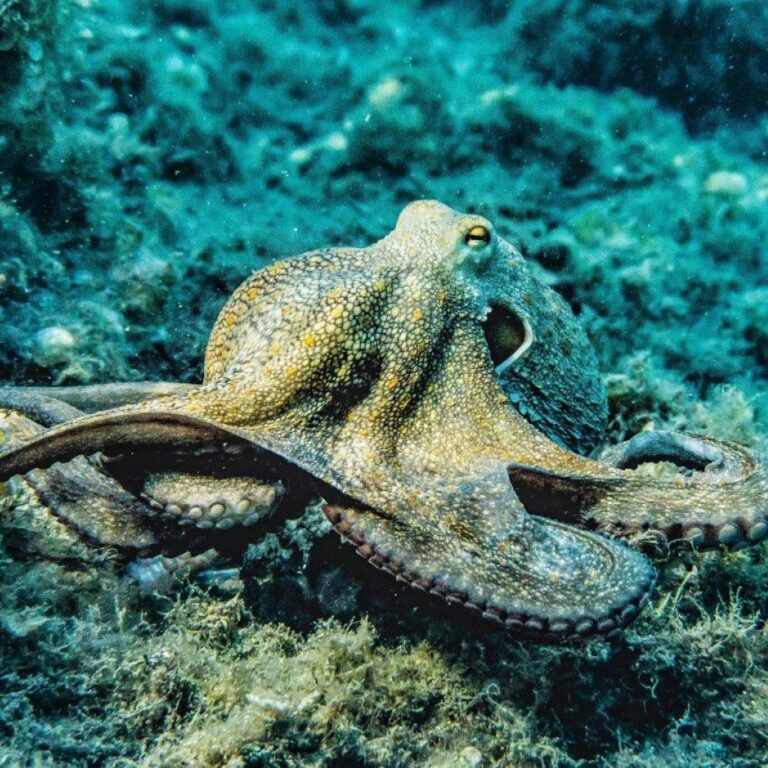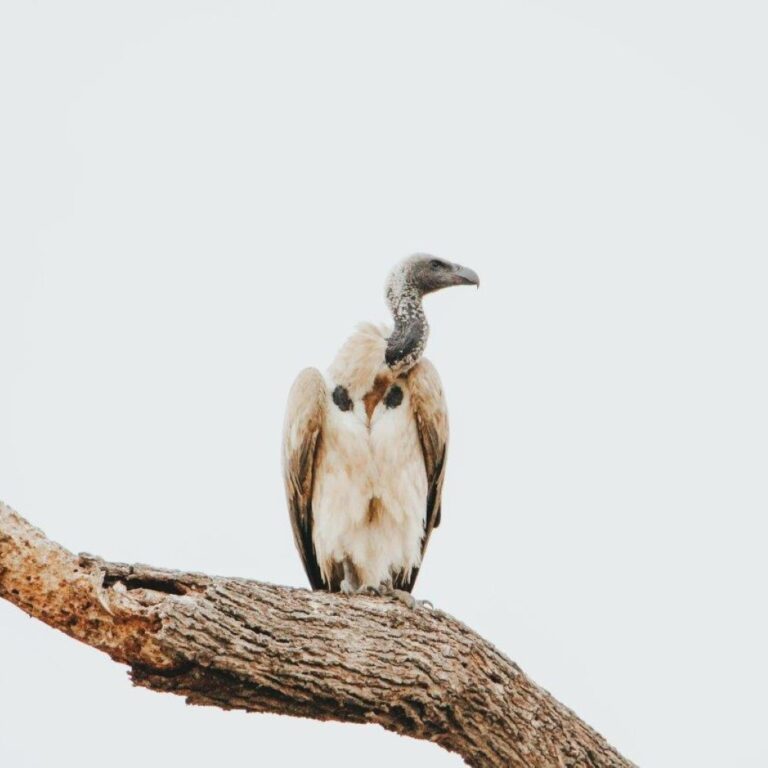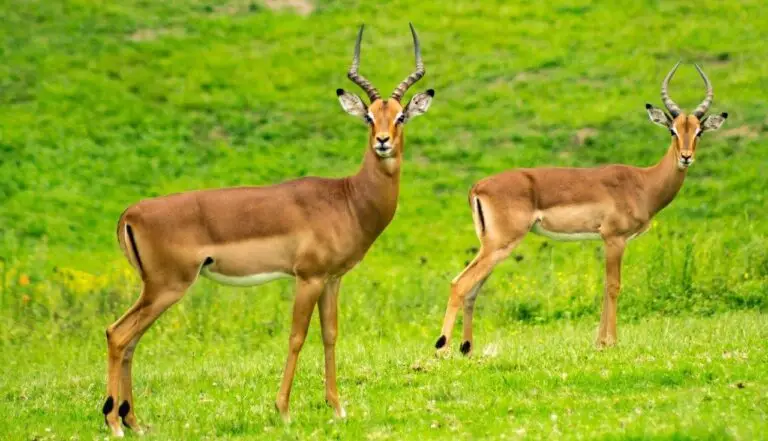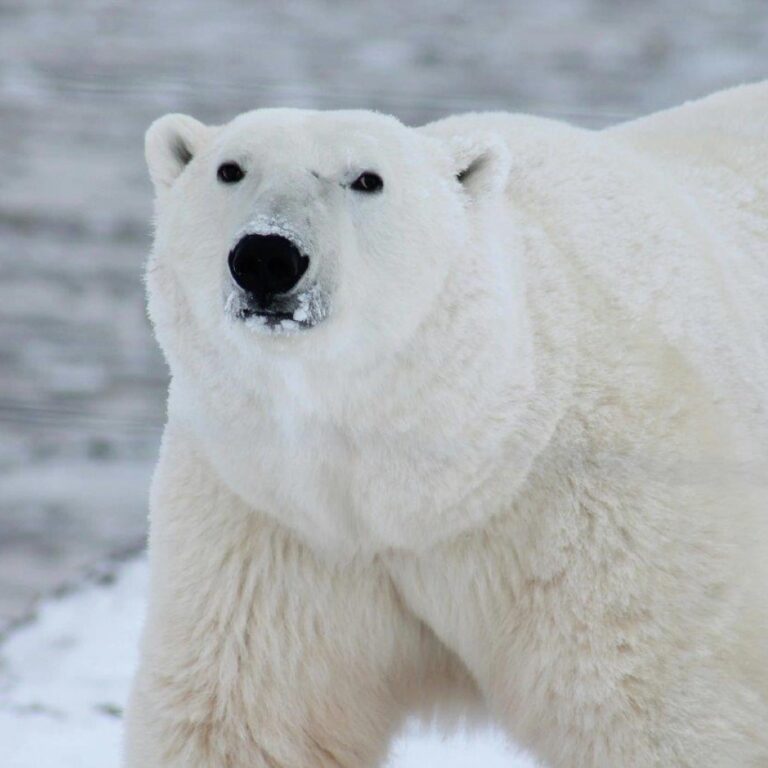There are over 300 species of octopuses, and they are found in every ocean on Earth. They inhabit a variety of marine environments, from shallow coastal waters to the deep sea.
Octopuses have three hearts. Two pump blood through the gills, while the third pumps it to the rest of the body. When an octopus swims, the heart that delivers blood to the body stops beating, which is why they often prefer crawling to swimming.
The blood of an octopus is blue, not red. This is because they use a copper-based molecule called hemocyanin to transport oxygen, which is more efficient than hemoglobin in cold, low-oxygen environments.
Octopuses are highly intelligent animals. They are capable of solving puzzles, using tools, and even escaping from enclosures in captivity. Their intelligence is often compared to that of some mammals.
An octopus's brain is located in its head, but two-thirds of its neurons are in its arms. This means that each arm can operate somewhat independently, allowing the octopus to multitask with ease.
Octopuses have excellent eyesight and can see in color. Their eyes are large and well-adapted to detecting changes in light, helping them navigate their environment and spot predators or prey.
Octopuses are masters of camouflage. They can change the color, pattern, and texture of their skin in an instant to blend in with their surroundings, using specialized cells called chromatophores.
When threatened, octopuses can release a cloud of ink to distract predators and make a quick escape. The ink not only obscures the predator's vision but also contains a compound that dulls the predator's sense of smell.
The octopus's beak, located at the center of its arms, is made of chitin, the same material as a crab's shell. The beak is the only hard part of an octopus's body, allowing it to squeeze through incredibly small spaces.
They are solitary creatures and are usually only seen together during mating. After mating, the female octopus lays thousands of eggs and spends the rest of her life caring for them, often dying shortly after they hatch.
Some species of octopuses exhibit autotomy, where they can detach an arm if it is caught by a predator. The lost arm will eventually regenerate, though it may take several months.
The mimic octopus can imitate the appearance and behavior of other marine animals, such as lionfish, flatfish, and sea snakes, to avoid predators or ambush prey.
They have a short lifespan, typically ranging from one to five years, depending on the species. Despite their brief lives, they are prolific breeders, ensuring the survival of the species.
They are known for their curiosity and playfulness. In captivity, they have been observed engaging in playful behaviors, such as squirting water at objects or exploring their environment with great interest.
Conservation efforts are important for protecting octopus populations, as they are vulnerable to overfishing, habitat destruction, and climate change. Sustainable fishing practices and marine protected areas are crucial for their preservation.



